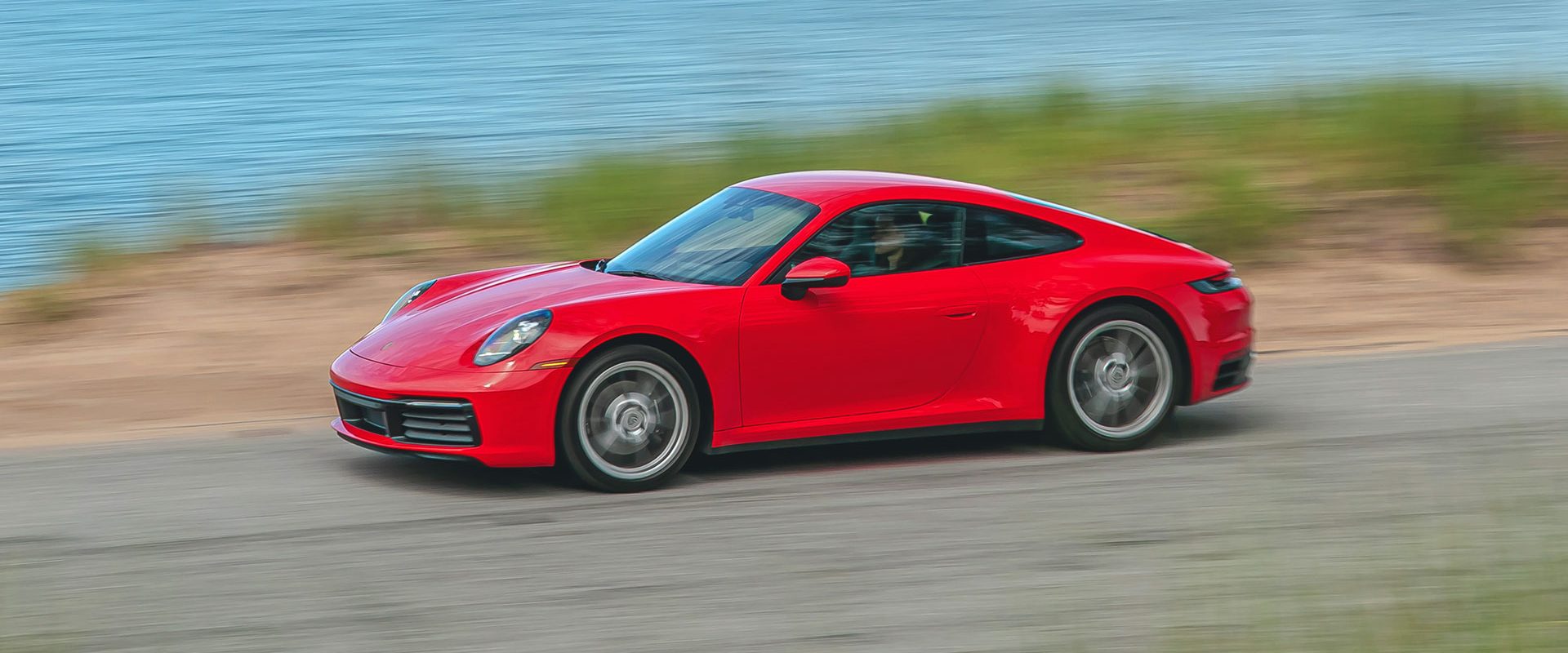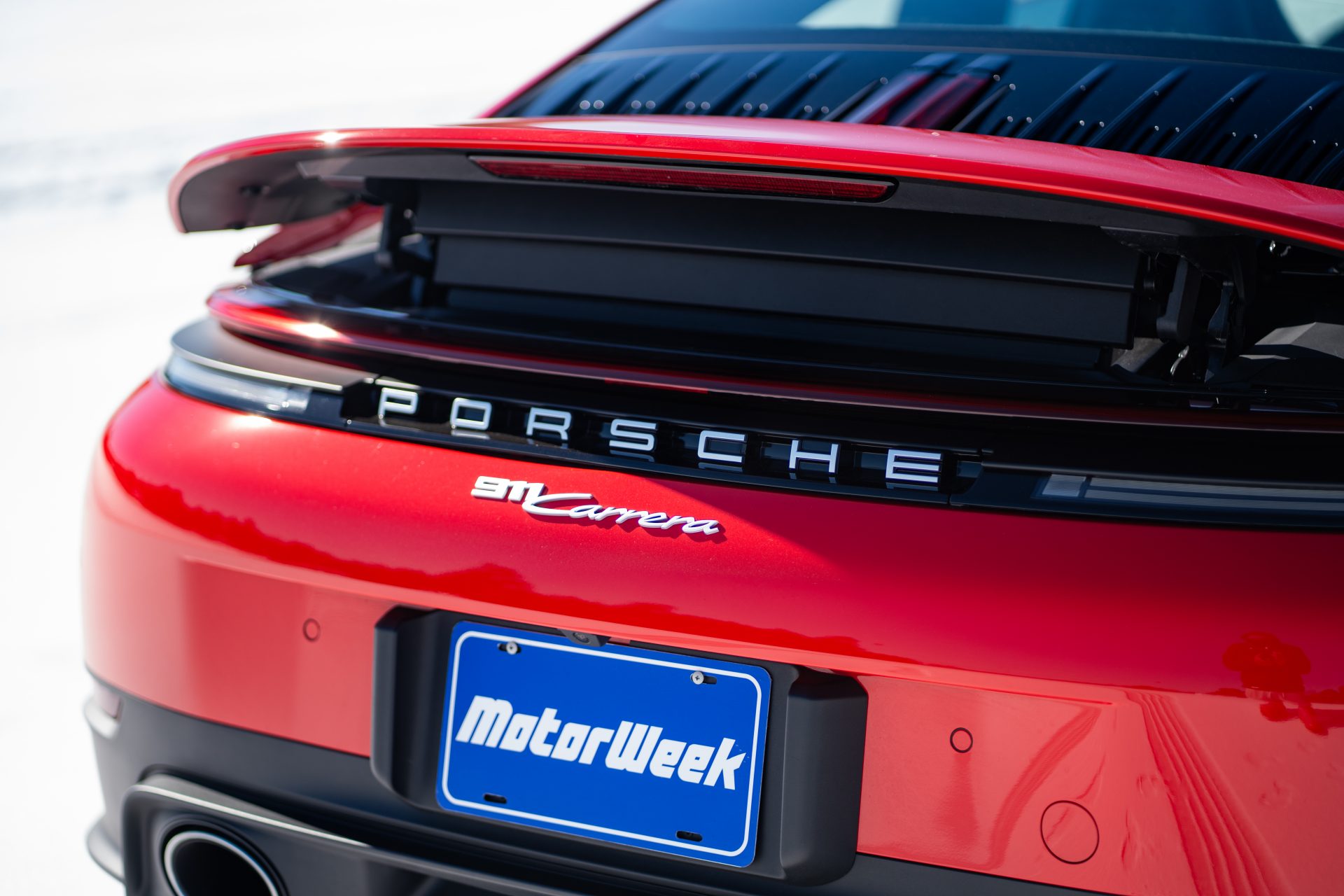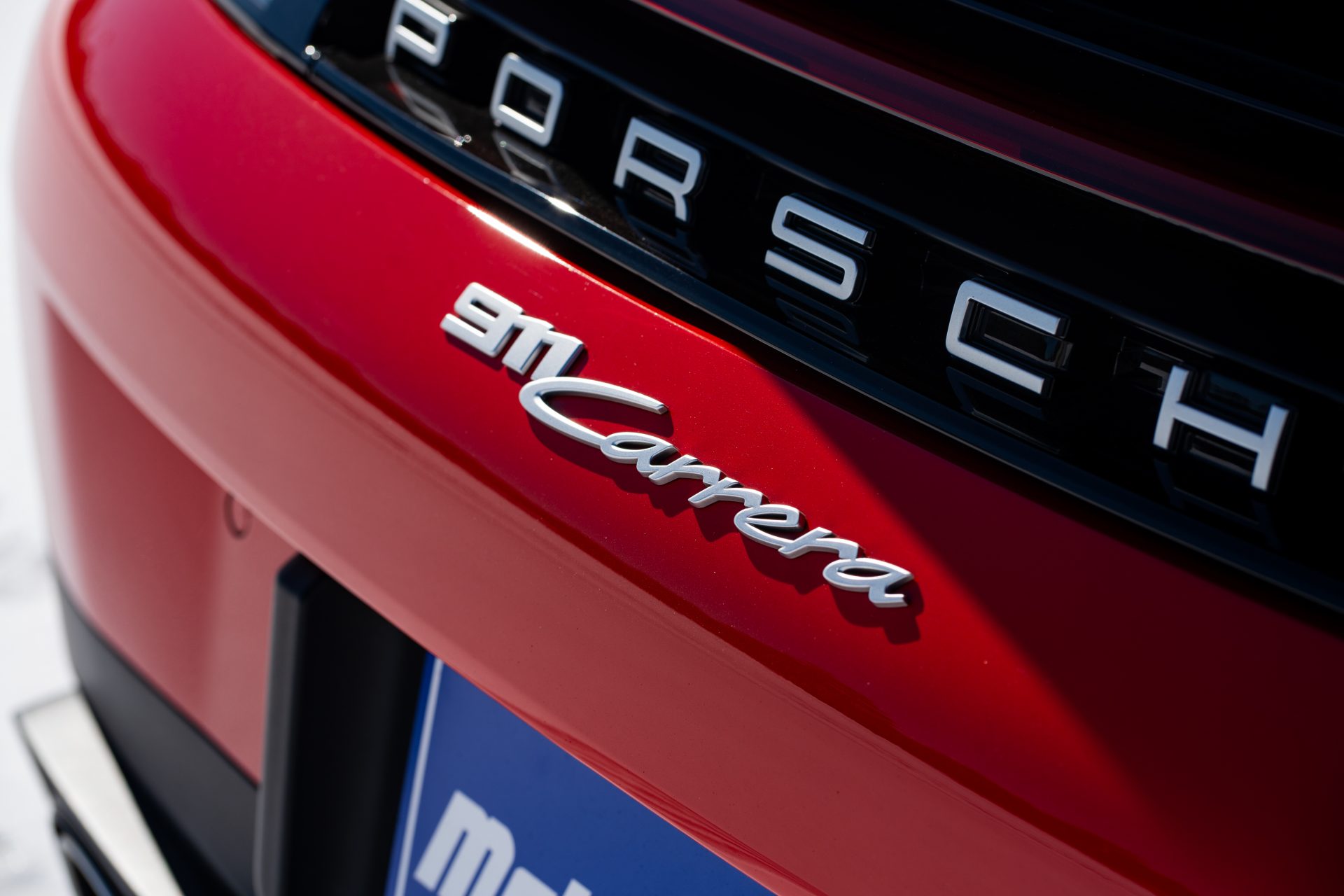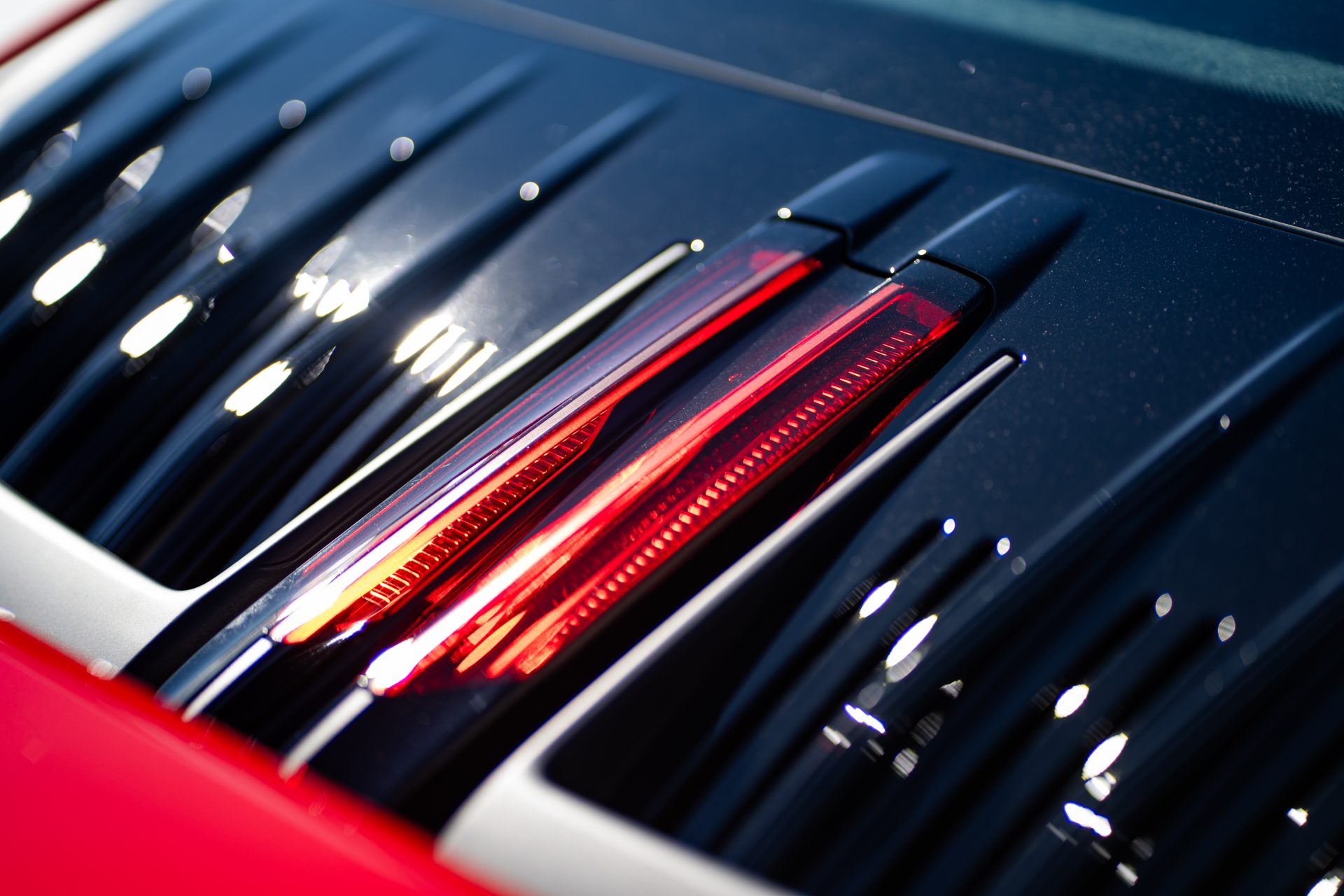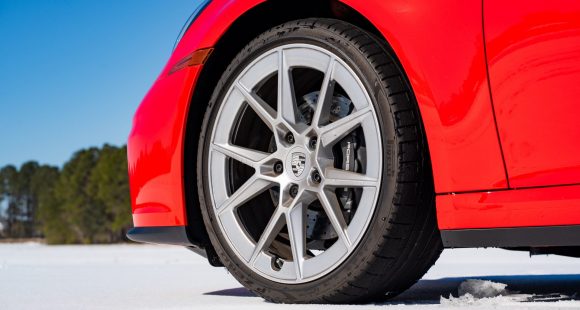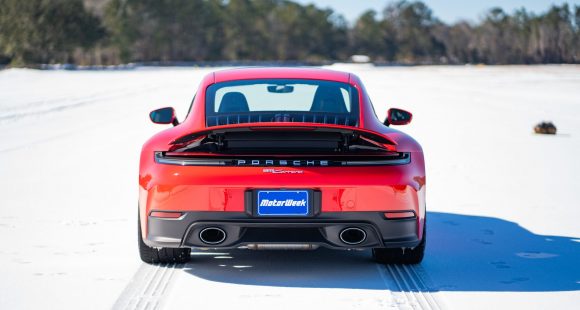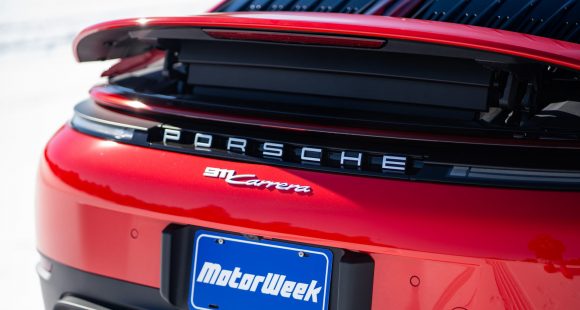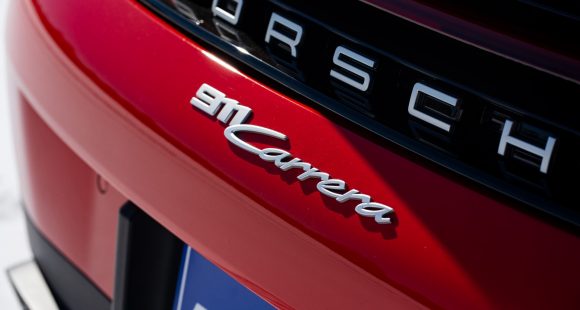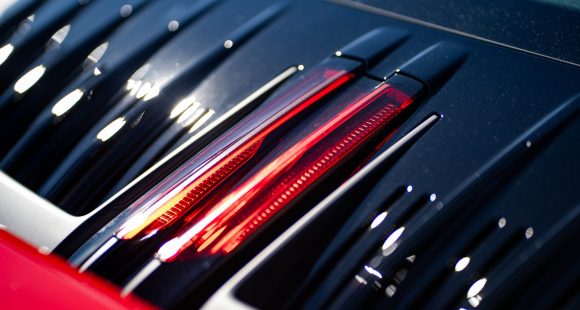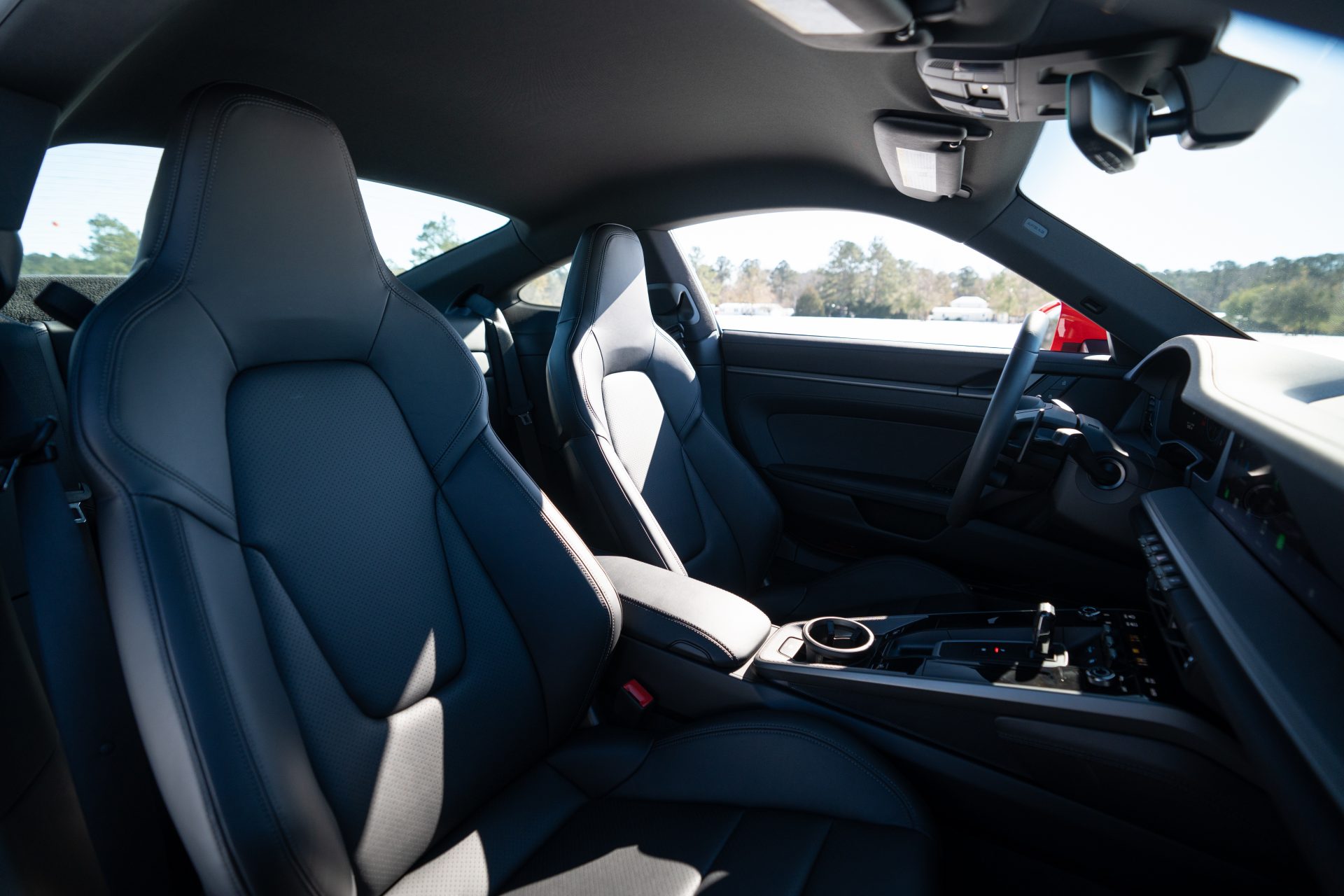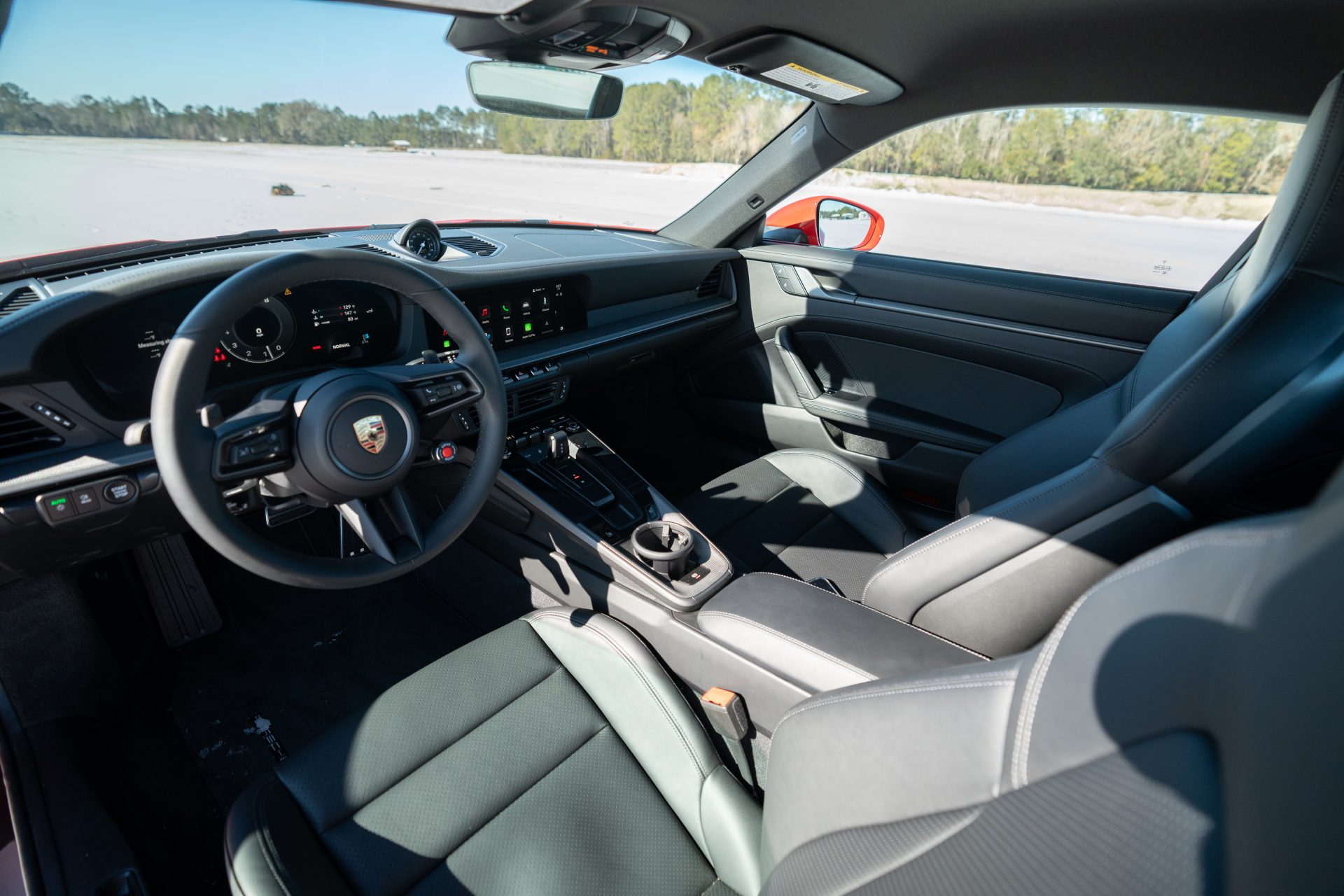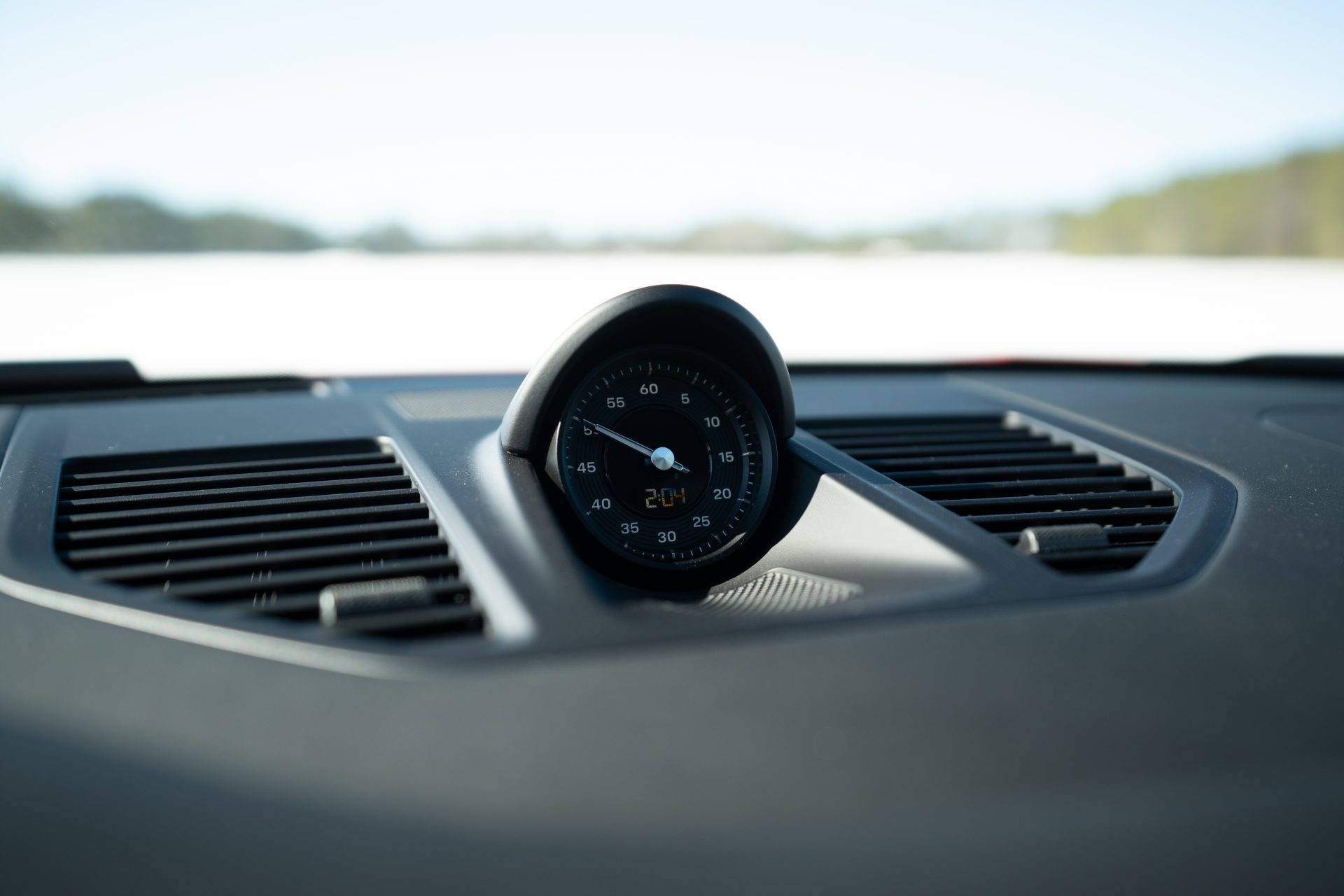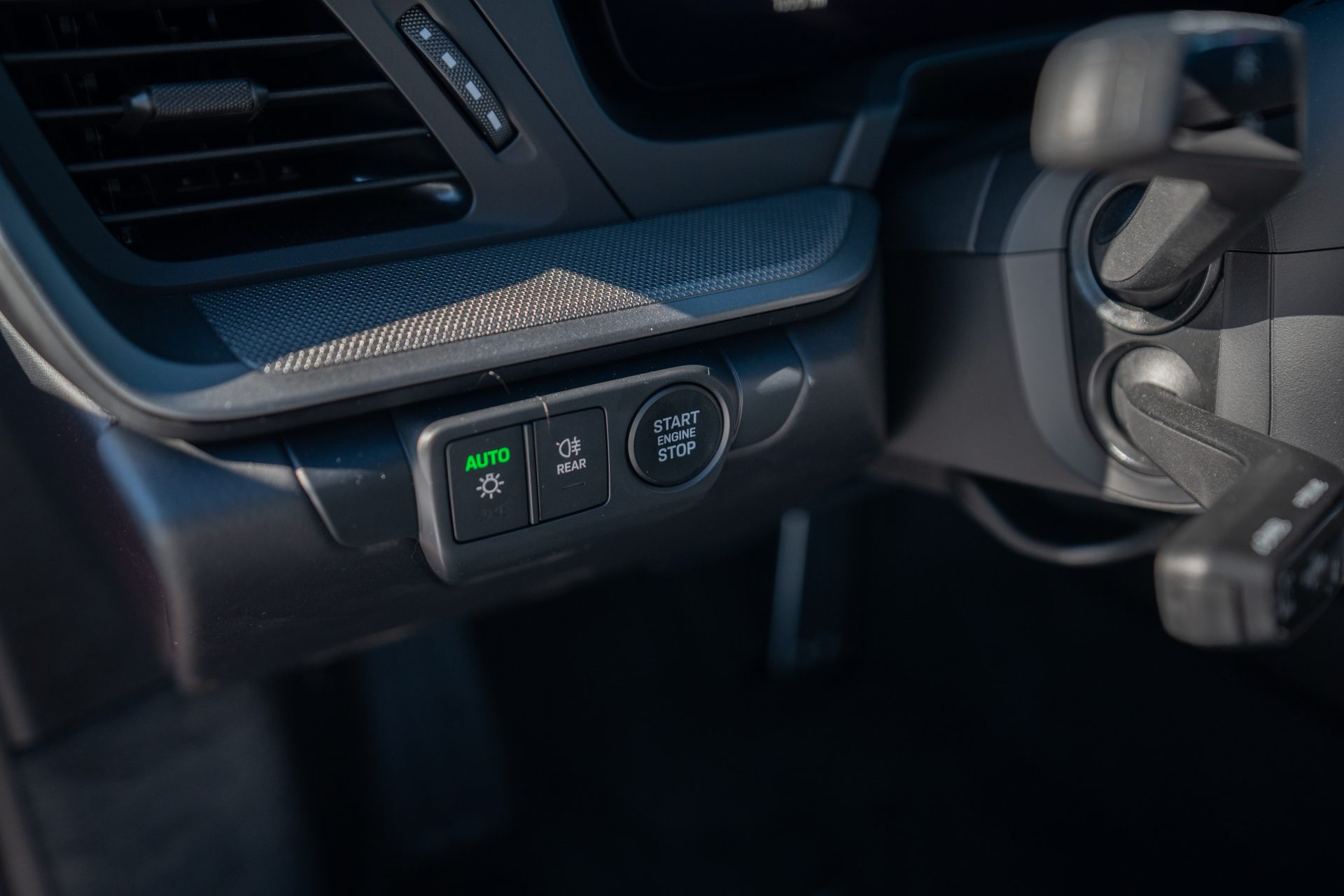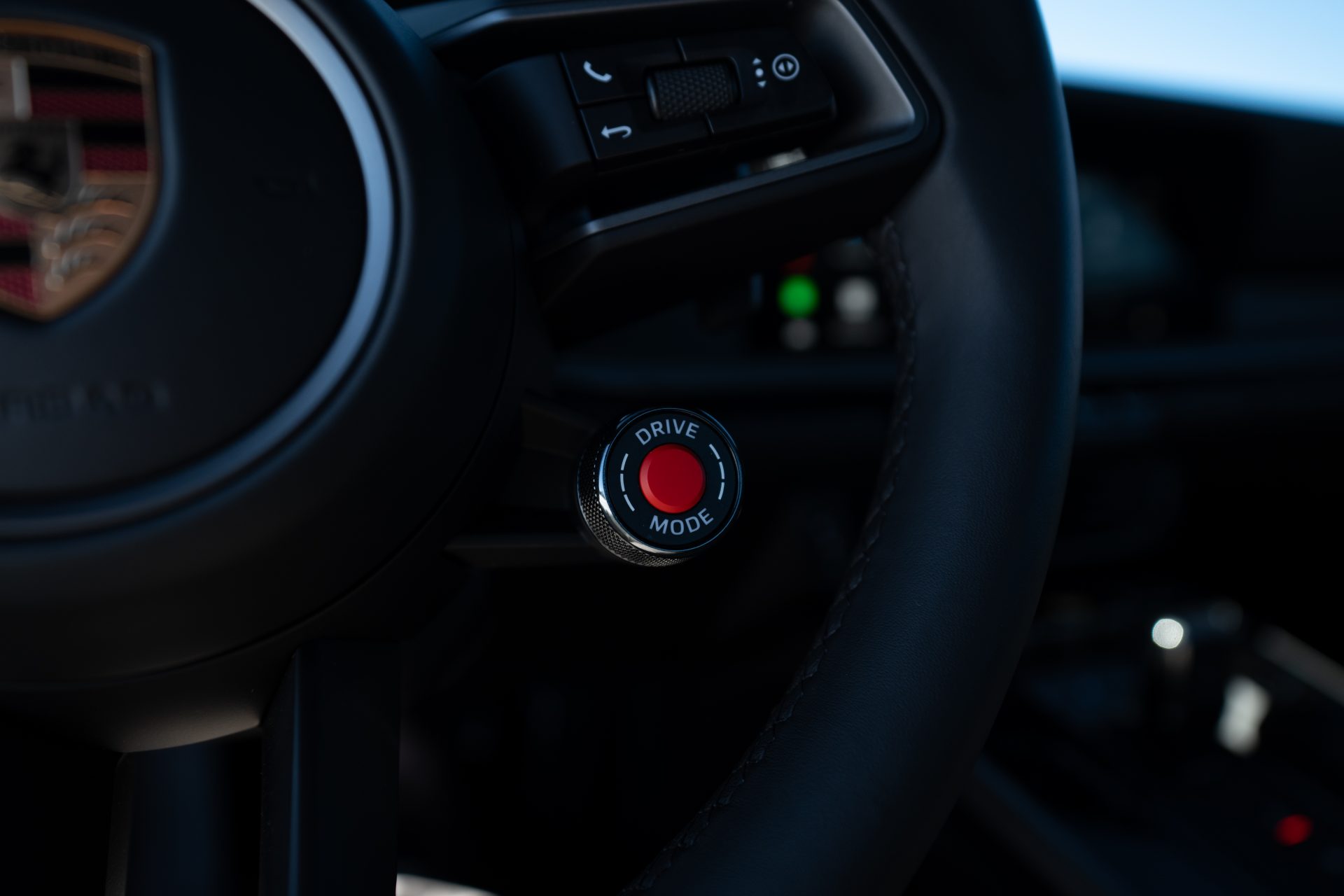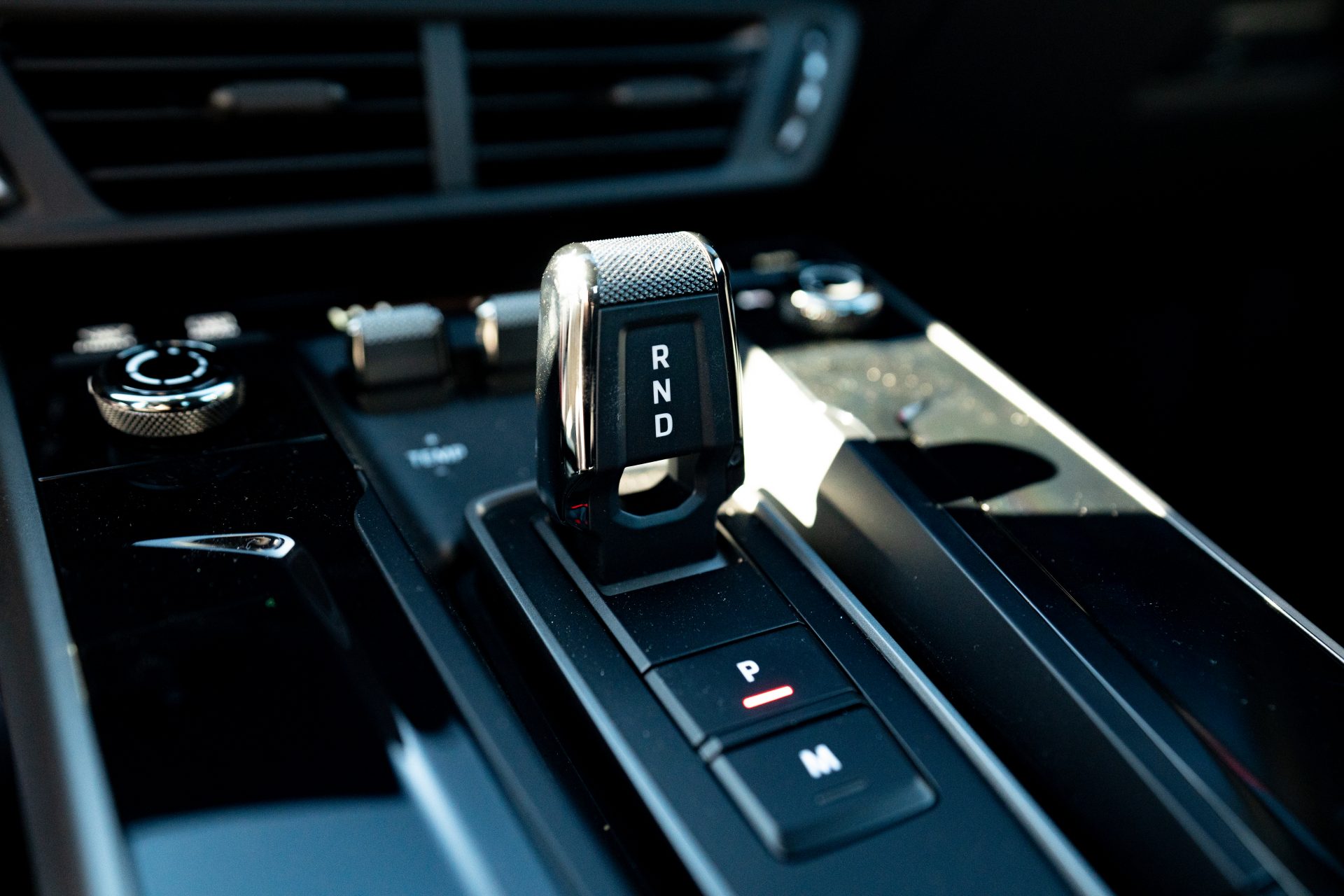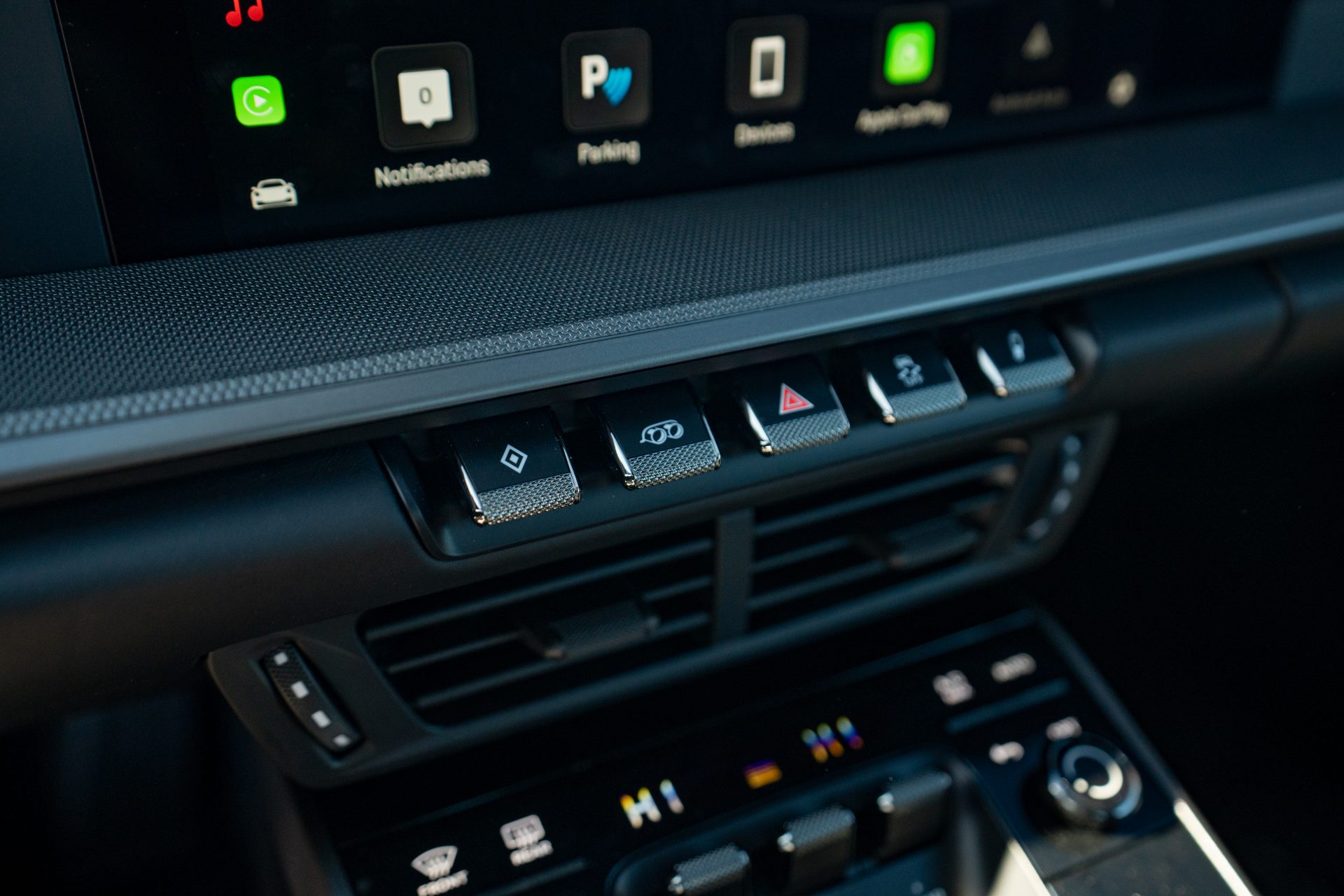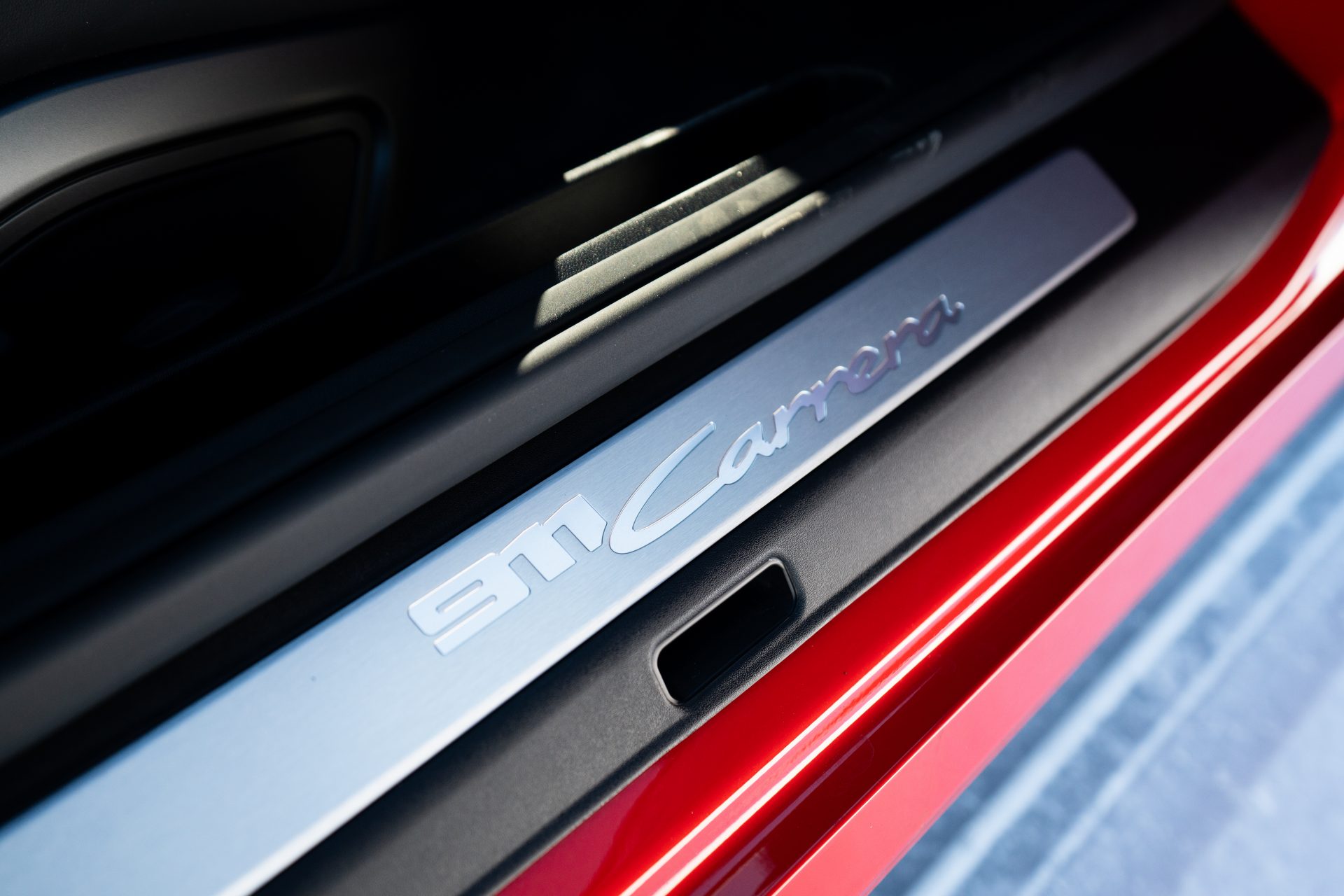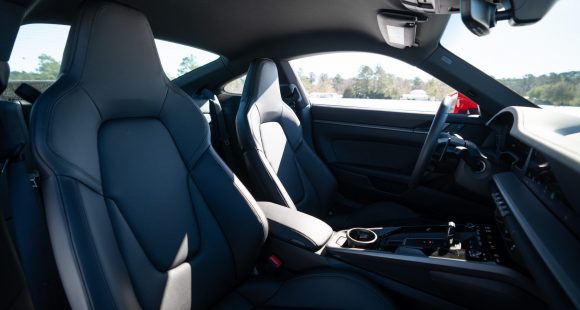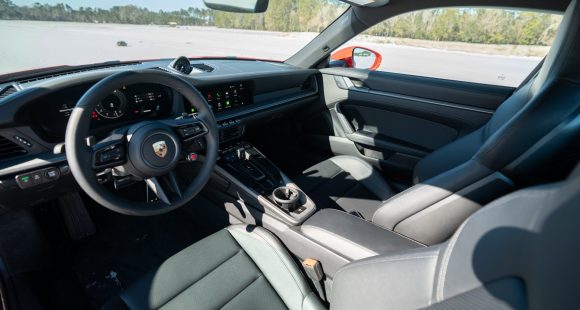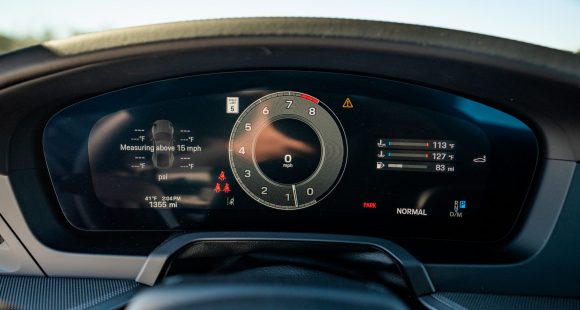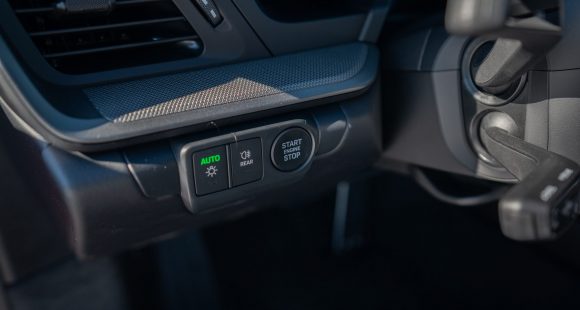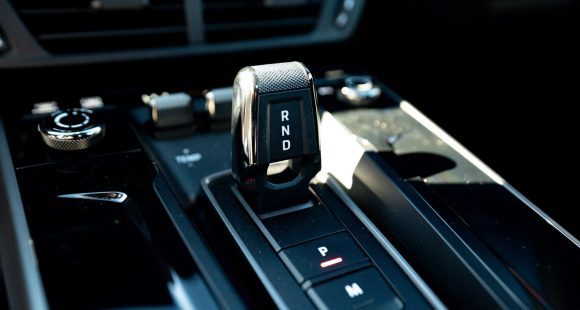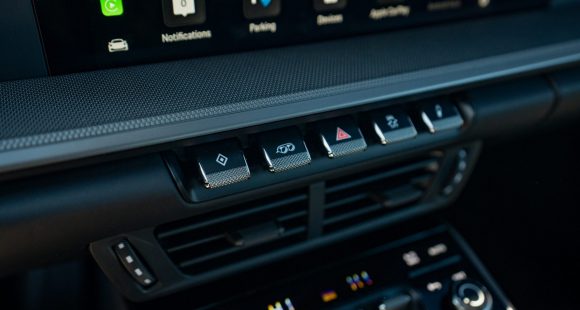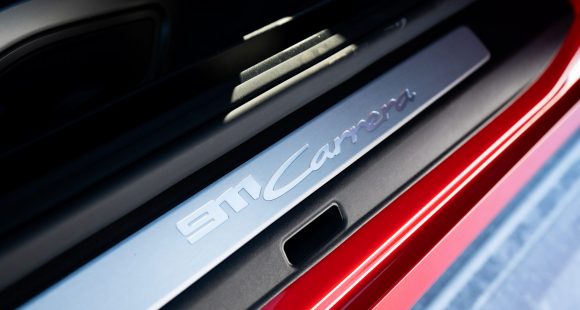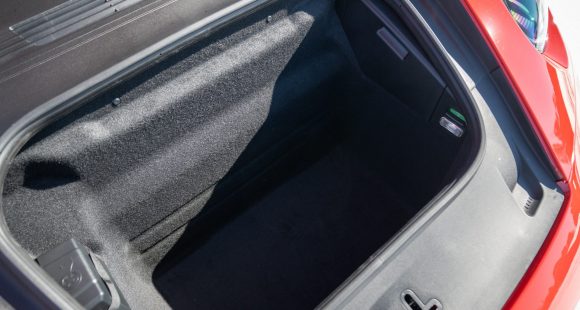2023 Genesis GV60
Right Vehicle At The Right Time
Genesis’ first foray into the world of battery electric vehicles was a modified version of their G80 sedan; and while it was a fantastic effort, getting the full benefits of an EV requires a dedicated EV chassis. So, you can probably see where this is going, this GV60 is their first to ride on Hyundai’s electric global modular platform, yet another new beginning for Genesis.
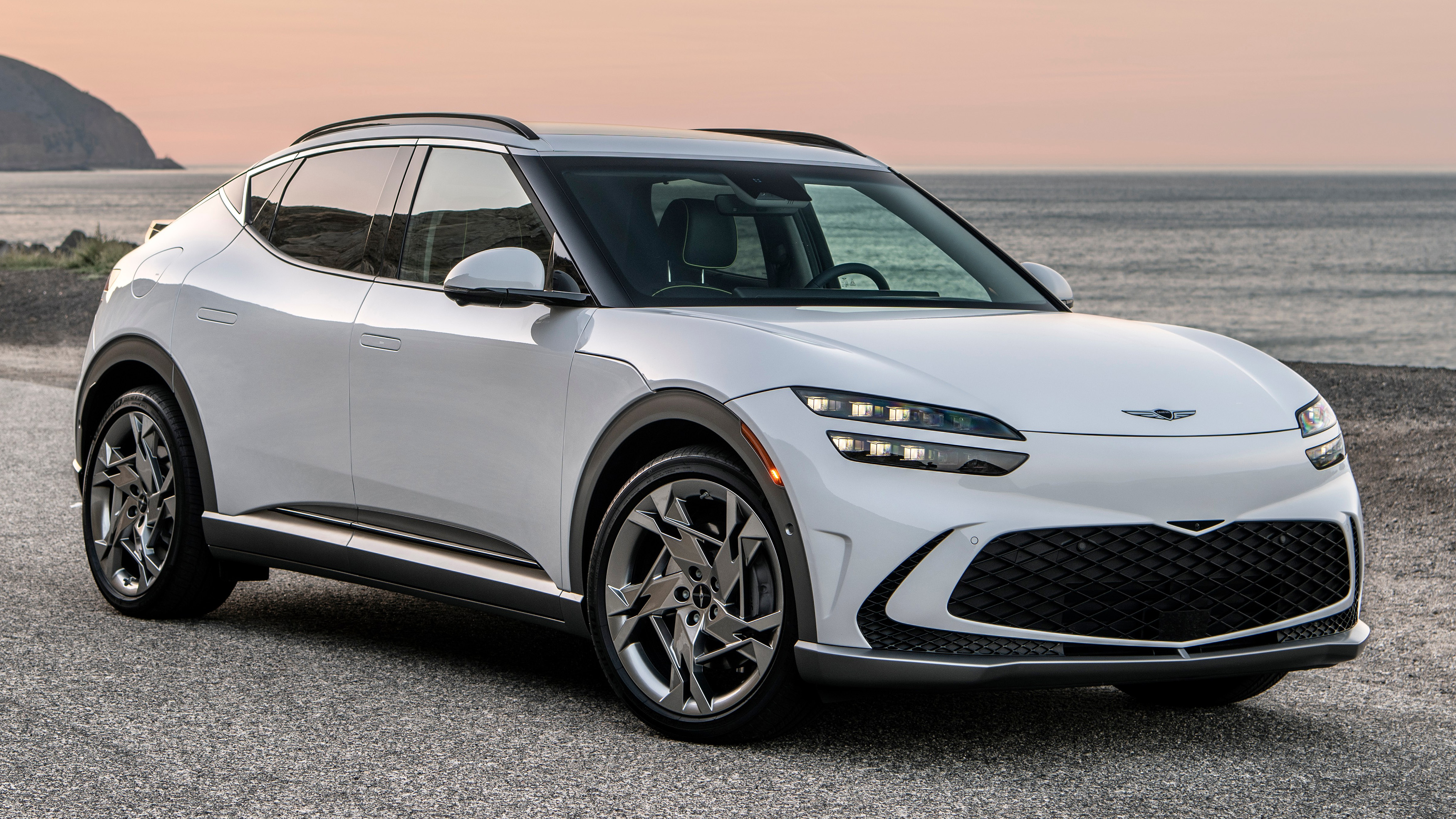 The 2023 Genesis GV60 may be the brand’s first dedicated BEV, but it’s not entirely new to us, as it’s based on the Hyundai IONIQ5 which we tested a few months back and were quite impressed with. And like the IONIQ5, the GV60 is a capable handler, has good overall balance, a smooth ride, and swift acceleration; all things that help you enjoy driving, no matter what the power source.
The 2023 Genesis GV60 may be the brand’s first dedicated BEV, but it’s not entirely new to us, as it’s based on the Hyundai IONIQ5 which we tested a few months back and were quite impressed with. And like the IONIQ5, the GV60 is a capable handler, has good overall balance, a smooth ride, and swift acceleration; all things that help you enjoy driving, no matter what the power source.
The interior is uncluttered and modernly simple, due mostly to the open floorplan, but still highly luxurious; though the tall floating center console keeps it from feeling as roomy as it could. Materials are a mix of sustainably sourced plant-based leather and fabrics made from recycled plastic. A 12-inch high-def touchscreen for infotainment is standard, as is a 17-speaker B&O sound system and a fixed glass panoramic roof.
Just an LCD panel for gauges, which is typical these days, as are the touch-sensitive controls; but there are some unique features and controls to be found, like a boost button on the front of the steering wheel and brake regen paddles behind. We’re generally not fans of rotary style shifters, but when its disguised as a crystal ball, well it’s hard not to be entranced or look for answers. Will this car get to 60 in less than 4–seconds?
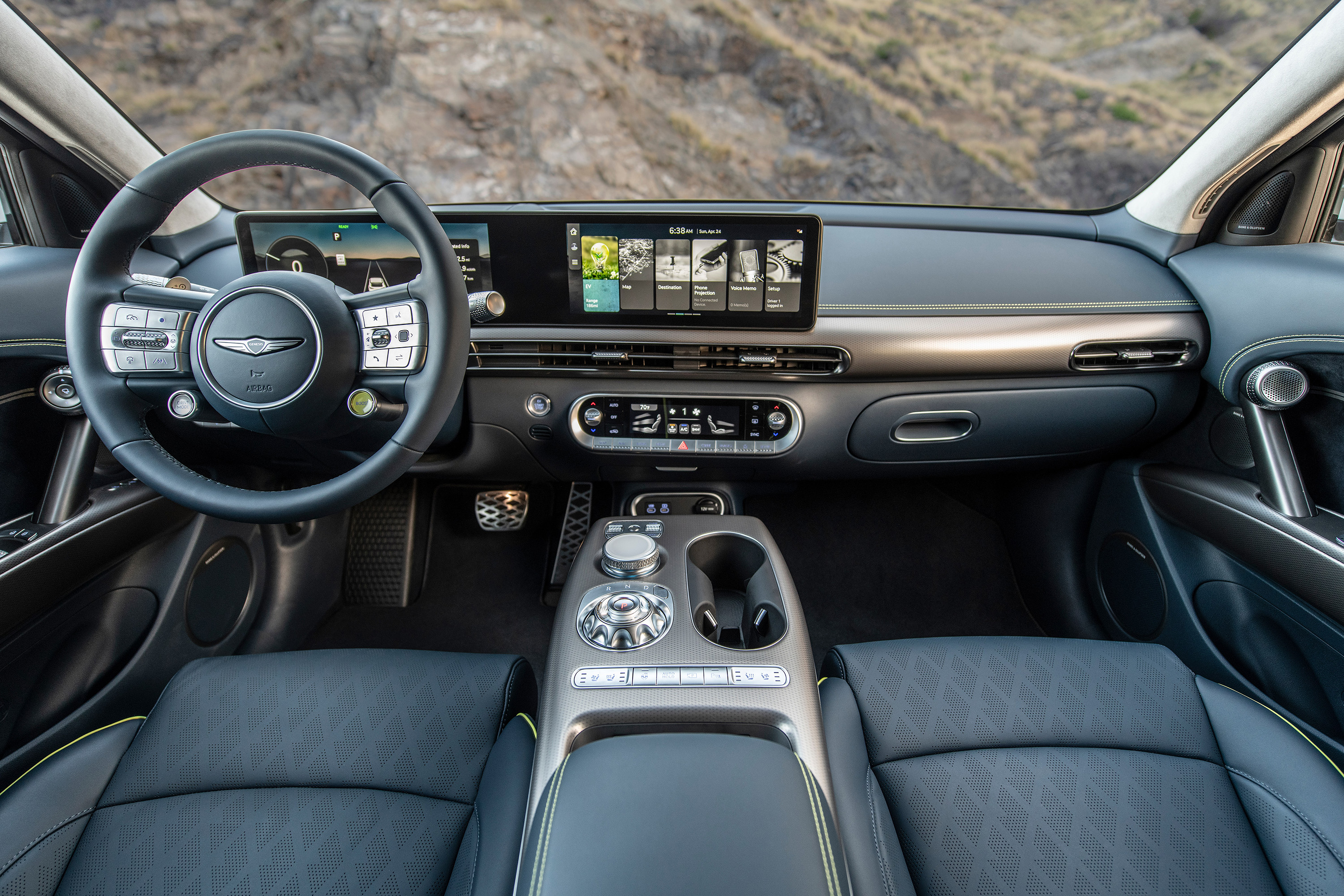 Well, all signs point to yes, as this all-wheel-drive GV60 Performance features a 160-kW electric motor for each axle; outputting a total of 429-horsepower and 516 lb-ft. of torque. The standard Advanced edition has a smaller 74-kW motor up front for a 314-horsepower output, but gets the most range, at 248-miles. Our Performance tester is rated for just 235-miles, but there was an indicated 257 available at 100%. We drove conservatively, doing our best to drain the battery, and were indeed on pace to get 259-miles before needing to plug in. No surprise, the GV60 Performance also has a good efficiency rating of 36.8-kWh/100 miles.
Well, all signs point to yes, as this all-wheel-drive GV60 Performance features a 160-kW electric motor for each axle; outputting a total of 429-horsepower and 516 lb-ft. of torque. The standard Advanced edition has a smaller 74-kW motor up front for a 314-horsepower output, but gets the most range, at 248-miles. Our Performance tester is rated for just 235-miles, but there was an indicated 257 available at 100%. We drove conservatively, doing our best to drain the battery, and were indeed on pace to get 259-miles before needing to plug in. No surprise, the GV60 Performance also has a good efficiency rating of 36.8-kWh/100 miles.
Now, few would call the IONIQ5 gorgeous, but Genesis has certainly taken it in a new direction; with a smooth and purposeful design that showcases the “athletic elegance” side of the brand. Genesis hallmarks such as the barely there parallel lines for headlights and Crest grille remain; but the jagged-line chrome trim, rear spoiler, and color highlights, clearly take it in a sportier direction. Less obvious, is the new wing logo, made thinner to enhance aerodynamics, along with the pop out door handles. And if you happen to forget your key fob, you can access the car and get moving simply with facial recognition.
Since the crystal ball didn’t provide any answers, it was off to the track to get some hard numbers. And there was a tremendous amount of power delivered at launch, with a unique spaceship-like soundtrack along for the ride as we sprinted to 60, taking that full 4.0-seconds. Hitting that boost button on the steering wheel gives you max torque and the sensation that you just engaged warp speed.
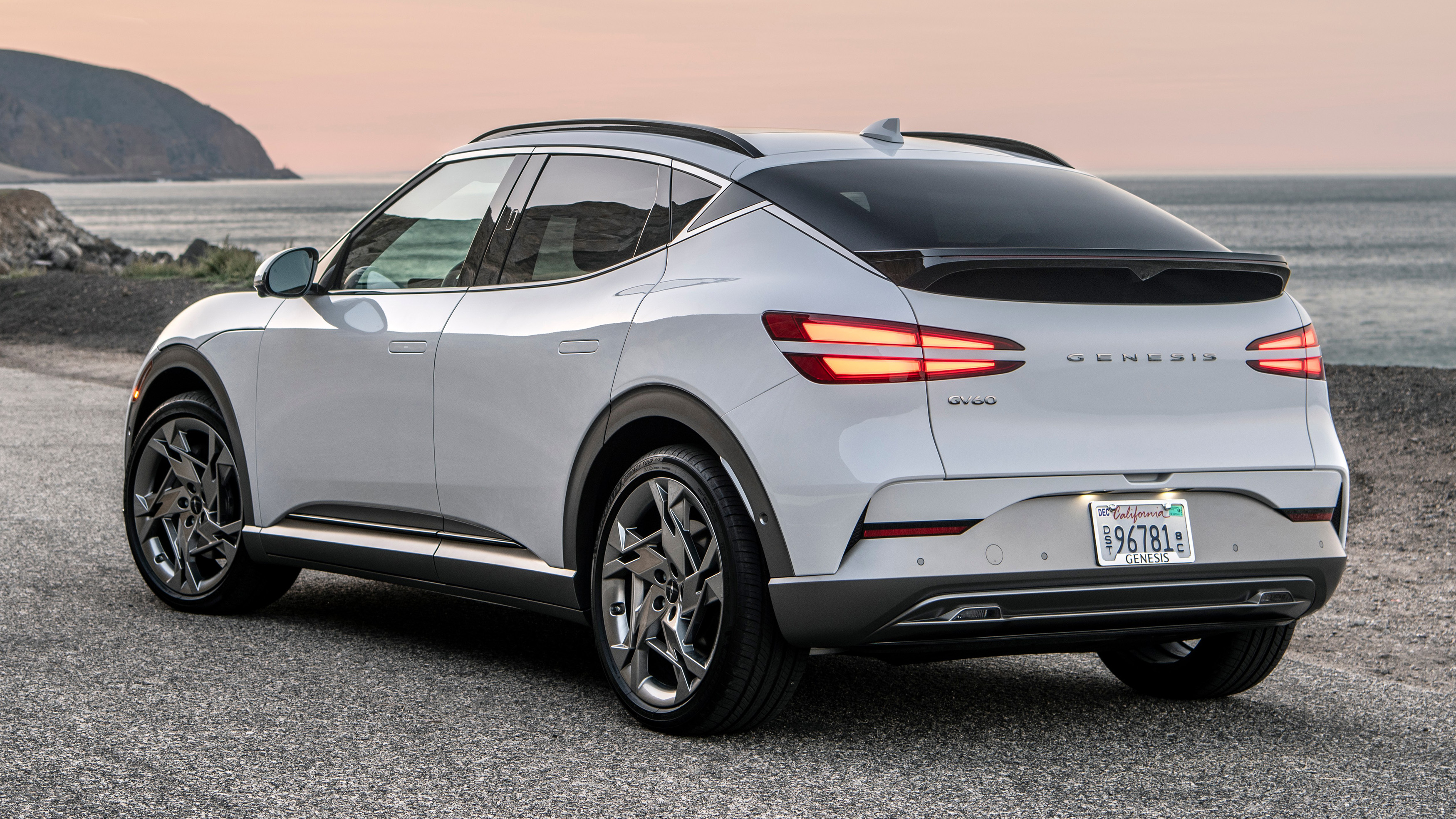 Power delivery stayed pretty intense until we hit 80 miles-per-hour, at which time it leveled off for a more serene finish to the ¼-mile. Our best time was 12.4-seconds at 112 miles-per-hour. The GV60 Performance clearly lives up to its name there, but a little less so when it comes to handling. We could really feel this utility’s weight through the cones, and it doesn’t seem to carry that weight as low as most EVs.
Power delivery stayed pretty intense until we hit 80 miles-per-hour, at which time it leveled off for a more serene finish to the ¼-mile. Our best time was 12.4-seconds at 112 miles-per-hour. The GV60 Performance clearly lives up to its name there, but a little less so when it comes to handling. We could really feel this utility’s weight through the cones, and it doesn’t seem to carry that weight as low as most EVs.
For now, all GV60s are all-wheel-drive, with the base Advanced starting at $59,985; the Performance at $68,985.
So, while the Genesis brand hasn’t been around all that long, big changes are already taking place. Jumping into the EV world with their G80 sedan was a fantastic start, and following it up with this 2023 GV60 utility seems to be the right vehicle at the right time. And, even in the automotive world, timing is indeed everything.
Specifications
- Motor Setup: Dual Motor
- Horsepower: 429
- Torque: 516 lb-ft
- 0-60 mph: 4.0 seconds
- 1/4 Mile: 12.4 seconds at 112 mph
- EPA Range: 235 miles
- MW Range: 259 miles
- Efficiency: 36.8-kWh/100 miles
2025 Porsche 911 Carrera
Ever Evolving 911 Reaches New Heights
The Porsche 911 has existed for 60 years now! Amazing! And, you could argue that major changes over all those years have been relatively few, as constant incremental improvement is more the way that Porsche does business. With that in mind, let’s hit the track in the latest 911 and see what constant improvement means for 2025.
We’ve driven so many 911s here at MotorWeek, each seemingly more special than the last, so it’s a bit refreshing to be ripping around Savannah’s Roebling Road Raceway in a 2025 Porsche 911 that’s about as close as you can get to base these days. And the fact that it’s just as fun as all those exclusive pieces says a lot about how far the 911 has come. Perhaps it also speaks to how much a base 911 will set you back today as well; more on that later.
For now, we’re just thinking about the next apex, holding steady throttle as we approach, and getting on it way sooner than you’d expect without upsetting anything, as the 911 rockets off the corner thanks to tremendous grip and a PDK trans that finds the perfect gear before we even gave it a thought. Even with very cold track temps, we never struggled for grip or battled any wheelspin coming off of corners. And trying to land it in that perfect spot in braking zones is easy with strong brake performance that was predictable and consistent lap after lap; no wandering, and great feedback too.
Yes, even the standard 911 is near pure perfection on a racetrack. It gives you all the right feedback, stays incredibly flat through corners, makes you always feel totally in control, and again is just plain fun. Unless you’re chasing lap times, there’s really no need to head further up the 911 tree. Though it is worth noting the few upgrades that were on our Carrera did help the situation a little. The 20- and 21-inch Carrera S wheels enabled plenty of grip from the 305 Pirelli P Zero tires, the Sport Chrono Package allows 0-60 sprints of 3.7 seconds, an extended range fuel tank meant we could lap all day without having to fill up, and the fantastic Sport Seats provided great support and better comfort than we remember experiencing in a 911. The Sport Exhaust system didn’t add anything to performance, but made things sound a whole lot better, and the oval silver tips look great too.
We never struggled for grip or battled any wheel spin coming off of corners.
Our track time got cut short thanks to a rare snowstorm in Coastal Georgia, but the white stuff and blue sky made the perfect backdrop for our Guards Red Carrera. Exterior tweaks for what is officially the 992.2 include a reshaped front fascia with improved aerodynamics. All front lighting is now contained within the Matrix Design LED headlight housing. The rear fascia has also been smoothed out, the license plate moved higher, and Porsche 3D block lettering spelled out across the back beneath the active rear spoiler and new decklid grille.
Even without Turbo in the name, the standard 911 engine is indeed a turbo these days, a 3.0-liter flat-six twin-turbo delivering 388 horsepower and 331 lb-ft strictly to the rear wheels in the Carrera Coupe.
Inside the cabin, the 911 continues its slow crawl towards the modern, now including a 12.6-inch fully digital gauge display and a start button located on the left side of the steering wheel, with drive modes easily accessible on the wheel itself. In another no brainer move, Porsche now makes the rear seat a no cost option, so you can choose if you want it or not.
Government Fuel Economy Ratings are 18 City, 25 Highway, and 21 Combined. That’s only slightly worse than average for the Energy Impact Score; 14.2 barrels of annual oil consumption with 7.0 tons of CO2 emissions.
The good news is this 911 had the fewest number of options of any Porsche that we’ve tested in some time, and it was still plenty awesome; the bad news is, a base Porsche 911 Carrera Coupe now starts at $122,095.
But can you really put value on “the force,” this mythical power that Porsche seems to have, that somehow turns average drivers into great ones? It’s useless to resist as far as we’re concerned, as it only gets better with the 2025 Porsche 911 Carrera.
Specifications
As Tested
- Engine: 3.0-liter twin-turbo flat-6
- Transmission: 8-speed PDK
- Horsepower: 388
- Torque: 331 lb-ft






